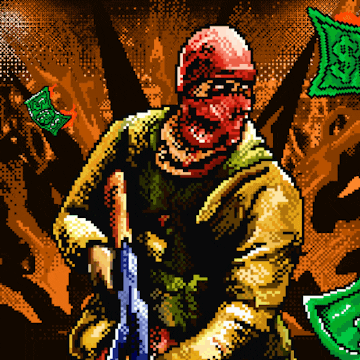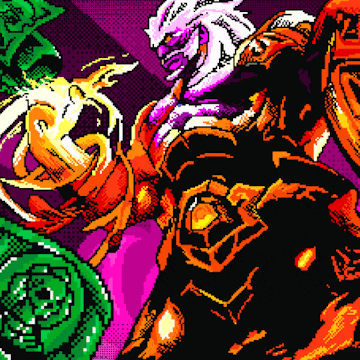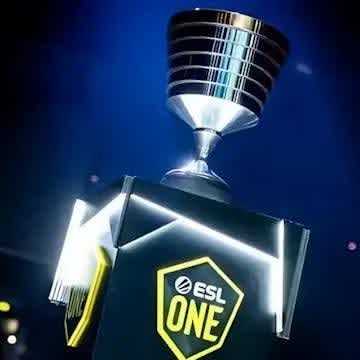Cross-Section: Why CS Majors are Important
In most competitive endeavours around the world, the penultimate event of the year is a two-fold celebration. First, of the competition itself. Second, of the competitors that choose to devote themselves to it. This generally sees a representative cross-section of the competition clash in the most hotly contested, romanticised and watched event of the year. For football, it’s the World Cup. For track and field, it’s the Olympics. For League of Legends, it’s the World Championships. For CS:GO in the second half of 2018, it’s the FACEIT Major in London.
CS:GO has the benefit of an open tournament circuit, and so we are rarely starved for choice when it comes to watching elite competition. Any number of 250k+ LANs will have the number one to eight teams in the world struggling against each other in front of huge crowds and the promise of confetti cannons should they do so successfully.
The Major definitely amplifies this, but, it’s not the defining characteristic of the event. For me, the major is about that representative cross-section; the mixing of the best regional teams around the world in a melting pot of pressured competition. It’s this celebration of CS:GO as a global game and watching how distinctly unique approaches to the same competition collide with each other, especially at this point in history, that makes the major, a major.
At past events, the representative teams from Asia or the CIS region were largely a novelty. Rarely would they make it out of the offline qualifier for the main event, and if so, would be easily handled by European sides in the group-stage. Fortunately, with the growth of the game there is a bigger pie for teams from smaller regions to take from. Full-time, or close to full-time play is becoming more regular across a wider set of sides. For someone like Tyloo, or Vega, or Spirit, this represents a massively more stable platform to launch their major campaigns from.
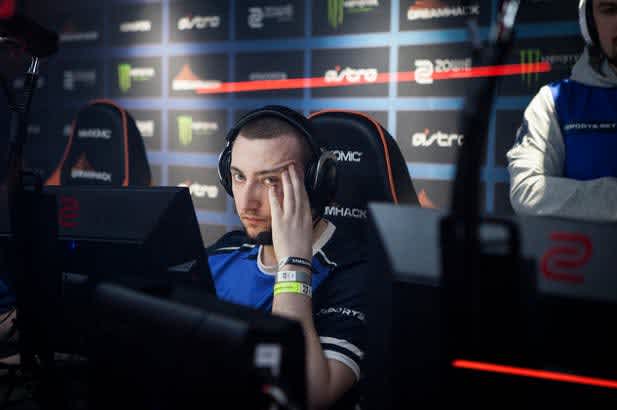
With more resources, and opportunity to compete, we’re seeing these top teams from more isolated regions have an opportunity to develop their own approaches. Or at least, these sides can give talented players the experience on an international stage to make what little they have in way of structure function at a big LAN.
The widening of the bottleneck into professional CS play was clearly represented at the FACEIT Major in the success of both Tyloo and Vega against established sides like BIG, North and Gambit.
Both of these teams, from totally different regions, found their way through the challengers stage with unique takes on how to approach CS.
Vega, showcased a hyper-aggressive, loose game that made use of SMG’s, contact pushes and explosive hits. In-lieu of intensive strategising, Vega displayed immense individual talent, forcing duels and dominating areas of the map with tight aim and trading. They were able to easily handle North’s fractured game and consistently found themselves in over-time. Breakout player, chopper finished the challenger stage with a 1.24 rating and some of the most dominant rounds of the tournament, proving himself to be a budding international star.
Similarly, Tyloo deployed an impossible-to-imitate, battling for close wins and losses in their fair share of over-times also. Tyloo’s strange brand of CS stems from their tri-language communication between English, Mandarin and Indonesian. They mix in executes with a dynamic mid-round and individualised CT-side to pressure and break teams in a way that none expect. Somebody, considered by many to be one of the most stylistically unique players in the world, stole the show with his smoke-pushing, aggressive tendencies against Spirit where he finished with a 1.34 rating.
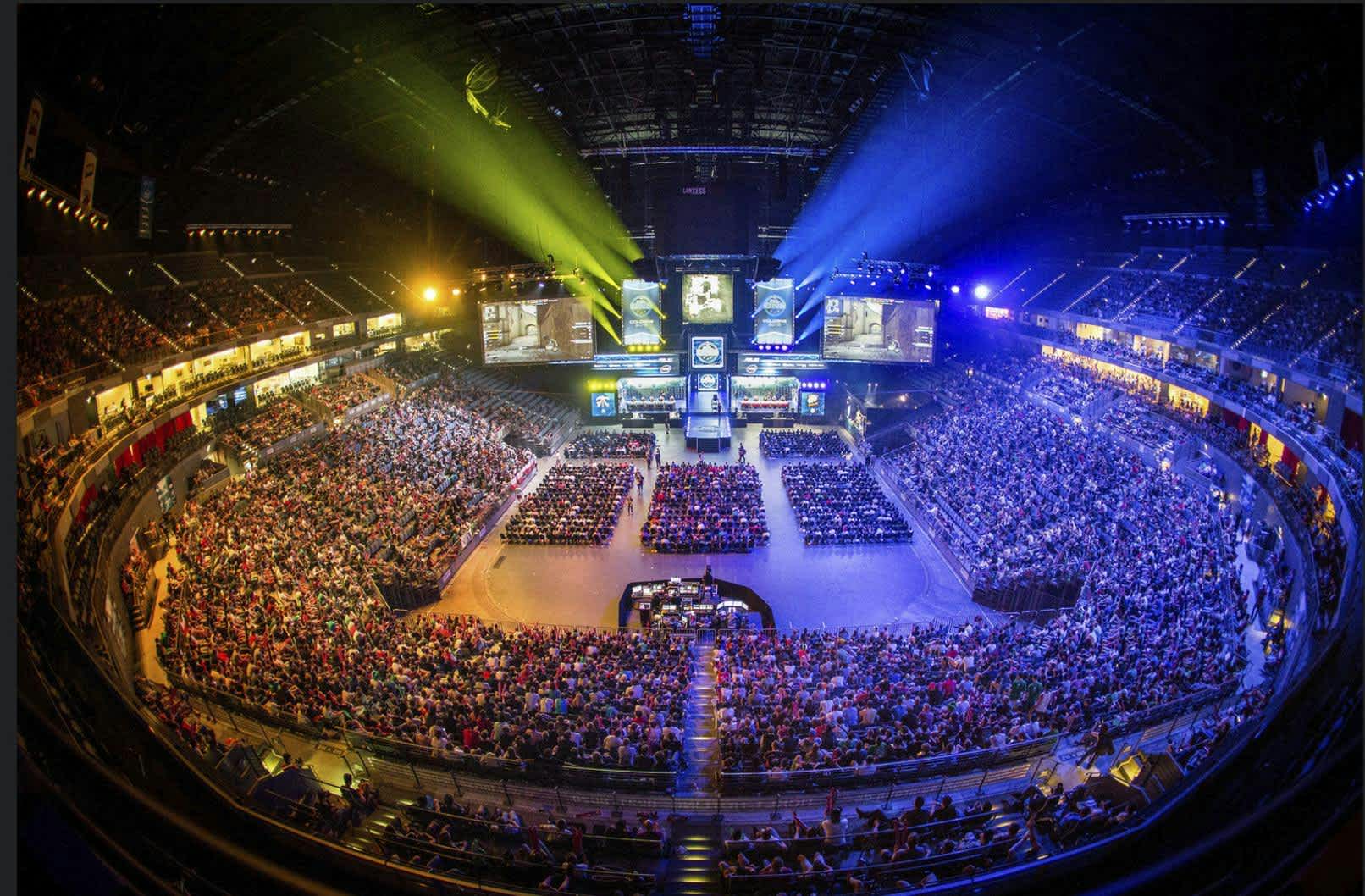
If the CS:GO major is meant to be a celebration of the game through having a cross-section of the worlds competition collide, then Vega and Tyloo’s success are the products of achieving this goal. Both approach the game in their own unique ways, beat bigger teams and did their regions proud to qualify for the legends stage. Their representative results shows the healthiness of the CS:GO ecosystem and does so at the most important event on the event calendar.
CS:GO is a game that struggles to rest in-stasis, and rewards those who evolve and do-so consistently. The majors are an extension of this and like the biggest climactic events around the world, should play into the nature of the competition. For all the criticism its received organisationally so-far, the FACEIT Major’s actual games are some of the most wholesome in major history when considering the context of what a major is meant to represent.
Rivalry VIP Program
